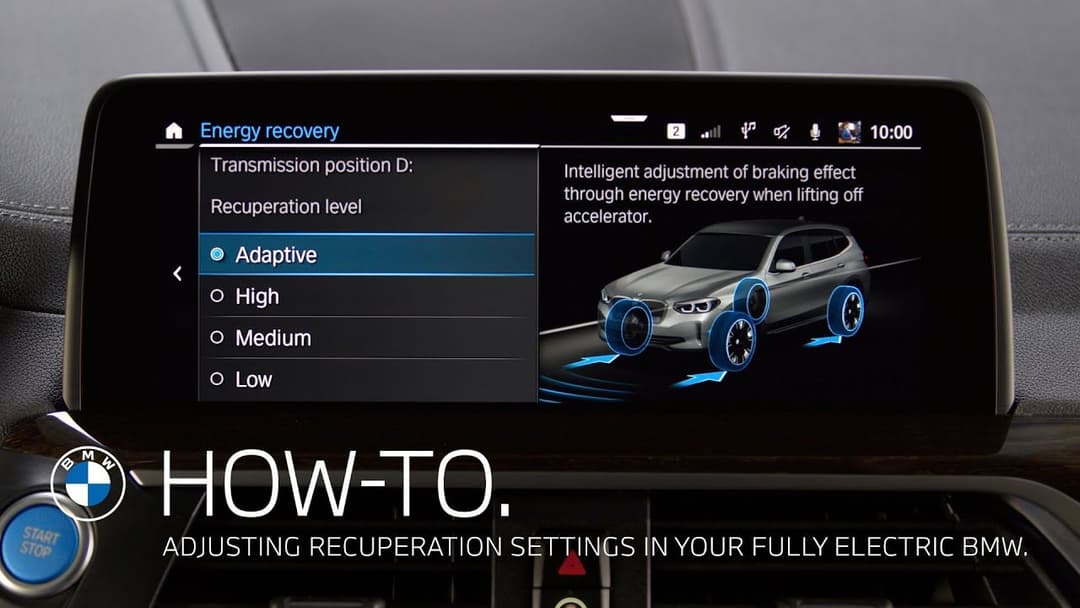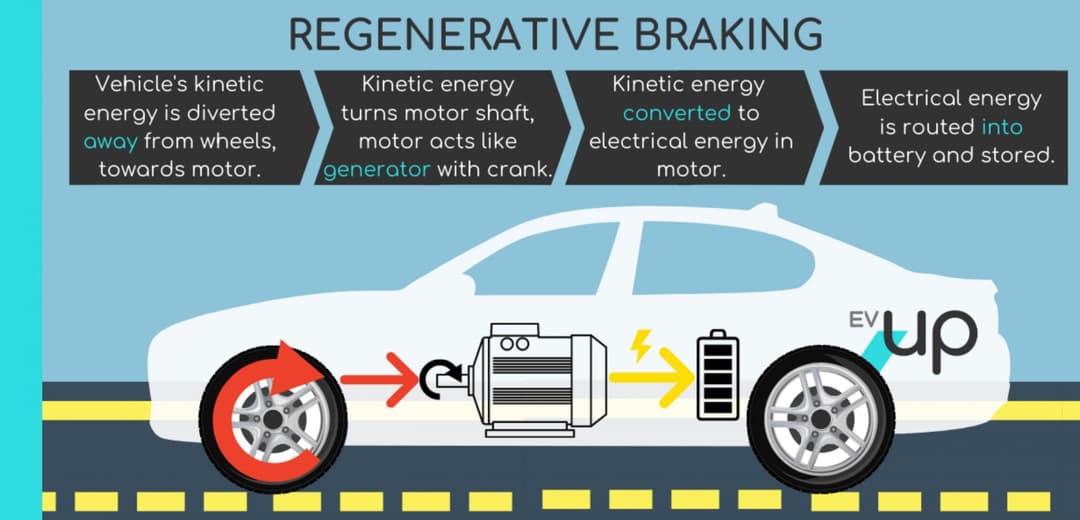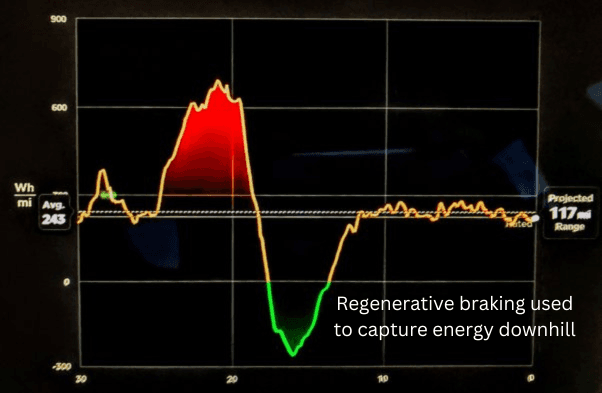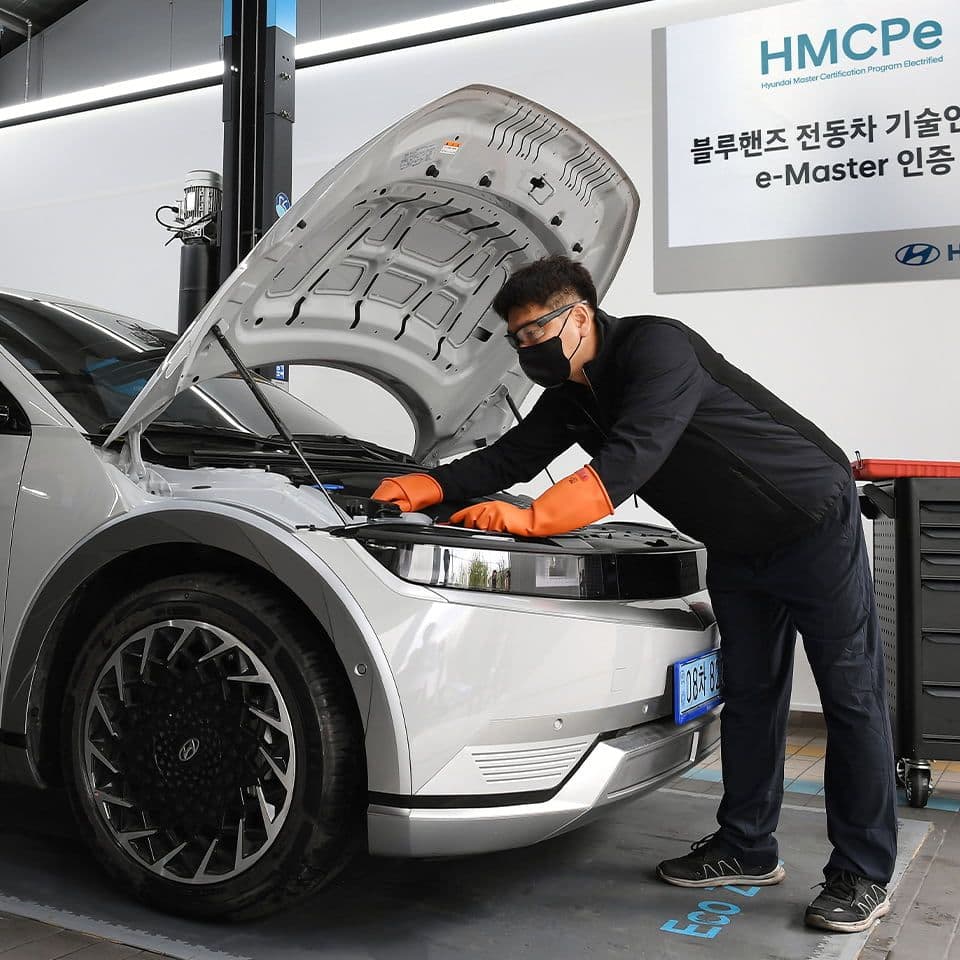
Electric vehicles (EVs) offer advantages in ownership experience and costs on several fronts. One key area that often gets overlooked is electric car brakes. Unlike conventional vehicles, electric cars have unique braking systems that offer several benefits
- Improved safety;
- Improve efficiency;
- Reduced maintenance costs; and
- Environmental benefits.
What are Electric Car Brakes?
Electric car brakes feature two braking systems which work together:
1. traditional braking systems; and
2. regenerative braking (also referred to as 'regen').
While traditional brakes use friction to slow down the vehicle, regenerative braking harnesses the energy produced during braking and feeds it back into the battery.
All electric car models give you the option of adjusting the level of regenerative braking. A higher level of regenerative braking will typically mean the car will be more reliant on the regenerative braking to slow down meaning less need to apply the brake pedal. Tesla's are known for their 'one-pedal' driving which means you almost never need to use the brake pedal whem driving.

How Does Regenerative Braking Work?
Instead of solely relying on traditional brake pads to slow the car down, EV's use regenerative braking to capture the kinetic energy that would otherwise be lost and converts it back into stored energy in the battery.
When you apply the brakes in an electric vehicle, the regenerative braking system kicks in first. Once the limits of regenerative braking are reached or in situations requiring rapid braking, the conventional friction-based brakes take over. This not only extends the vehicle's range but also reduces wear and tear on the mechanical brakes
Basically the energy used to slow down the car is stored in the battery for later use. Hybrid cars also use this technology but store the energy in a much smaller battery. This is the main reason why hybrid vehicles are more efficient than petrol.

Benefits of Electric Car Brakes
Efficiency
One of the primary benefits of electric car brakes is the ability to recuperate energy, which can increase the driving range of an EV. Regenerative braking can sometimes generate up to 30% of an electric vehicle’s energy. This will result in significant energy recuperation in stop-start traffic and going down hills. Refer to the below example.
This is the reason why hybrid vehicles like the Toyota Prius are up to 30% more efficient than equivalent petrol vehicles.

Reduced Wear
Since regenerative braking reduces the reliance on the traditional braking system, there's less wear and tear on the brake pads and discs. Some Tesla owner’s have reported their brake pads lasting up to 160,000 km. This compares to petrol cars which will typically replace them between 30,000 to 100,,000 km
Smoother Driving Experience
The seamless transition between regenerative and traditional braking provides a smoother and more responsive braking experience.
Maintenance and Considerations
Electric car brakes still need to be maintained properly. While they are likely to last longer, regular inspections ensure that both the regenerative and traditional braking components are in optimal condition. Additionally, be aware that the effectiveness of regenerative braking can vary depending on battery charge and temperature.

FAQs
About the author
Stay up to date with the latest EV news
- Get the latest news and update
- New EV model releases
- Get money savings-deal

